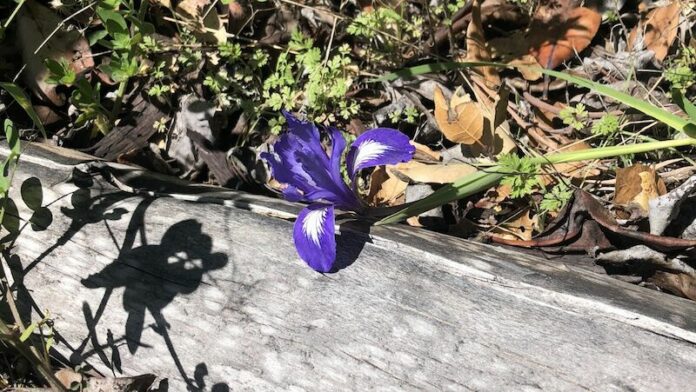This Week in H’burg is a weekly column featuring photos and fun facts from local photographer Pierre Ratté. Each week we’ll feature a new photo from Ratté along with a fact about the subject matter of the photo.
Spring springs on the day of the equinox, when the sun is positioned directly over the equator. No matter where you are on earth (except the north and south poles) the sun’s rise and setting occurs due east and west, respectively, on this day. Thus, the first day of spring is an opportunity to orient east and due west at your house, no matter where you live. From the spring equinox forward, in the northern hemisphere, the sun appears to travel northward. With each passing day, the sun rises and sets progressively north of due east and west. Simultaneously, days become longer. Some believe the sun spends equal hours above and below the horizon on the equinox, but that actually occurs a few days before. Another fun fact about the rising and setting sun, is it is an illusion; what you see is not what you see. The sun appears to us at dawn before it actually rises above the horizon. Similarly, the sun sinks below the horizon even though we continue to see it setting. This illusion is created by earth’s atmosphere refracting light around its edge. This bending of light sometimes creates a ‘green flash,’ which is caused if light separates by refraction under certain atmospheric conditions. Lasting only a couple of seconds, this optical phenomenon has become somewhat more widely known as a result of Jules Verne’s 1882 novel, “The Green Ray,” that helped popularize it.
Pierre Ratté posts a daily picture on Instagram, Facebook and TodayinHburg.com. He can be reached at pj*****@ic****.com. His book “100 Days Sheltering-In-Place” can be purchased at Levin’s and Copperfield’s bookstores, TodayinHburg.com or Amazon.com.
59.6
F
Healdsburg
April 18, 2025








